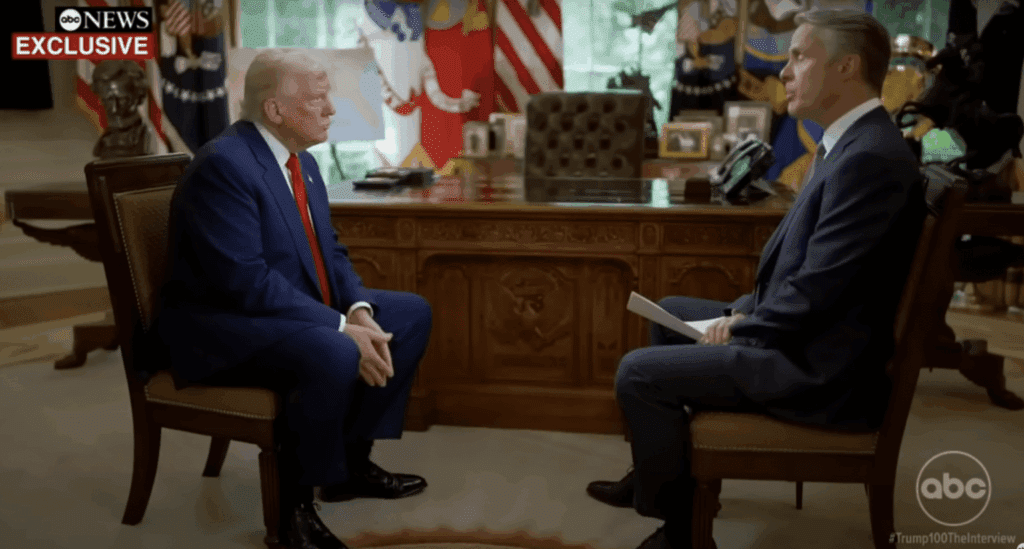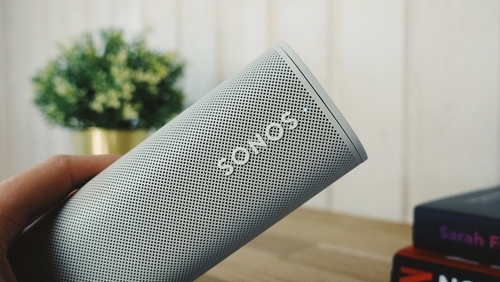It’s tacky. It looks like a bill. It has limited copy and little or no color on it. But the hottest direct mail package in publishing right now is the humble voucher.
National Geographic, for example, has been using the voucher for some of its ancillary titles like National Geographic Traveler, National Geographic Kids and National Geographic Adventure.
“It’s not only cheaper, it’s pulling better,” said Liz Safford, vice president-strategic marketing for the National Geographical Society, speaking at Direct Media Inc.’s annual co-op conference in White Plains, NY.
“And it absolutely blew my mind how much cash we were getting.”
That high payup rate has also been noticed at Reader’s Digest, and at Primedia’s enthusiast magazine group.
“We took a hit in gross response (compared with sweeps offers), but we got 65% cash with offer,” said Dawn Zier, vice president and circulation director for Reader’s Digest Association Inc.
“Vouchers are giving us between 60% and 90% cash with order,” added David Ball, vice president of consumer marketing for Primedia Consumer Media and Magazine Group. In addition, vouchers are outpulling other mail packages “in 100% of the cases.” (Primedia Business publishes Direct and Direct Newsline).
Why are these lowly pieces doing so well?
Safford argued that the lack of promotional copy helps, especially for well-known magazines that do not need to be explained. Readers “know and trust us,” she said of National Geographic. “They know we’re not going to give them a lot of silliness.”
“They work well with a more targeted audience,” added Ball. “People are pre-qualified.”
Zier agreed that by highlighting the offer, vouchers “bring in a more qualified consumer.”
Vouchers have taken off in a period of high stress for some of the publishers on the panel. For example, Reader’s Digest has been weaning itself off sweepstakes offers because of the dearth of sweeps lists.
Natural History magazine, which has also had success with vouchers, has a different problem: Its subscription efforts are no longer tied to membership offers from the American Museum of Natural History.
“We’re no longer selling the museum,” said Gale Page, director of consumer marketing for Natural History Magazine Inc. “And the museum is not replaceable.”
That means no more of those No. 10 museum packages with the four-color buck slips.
What else is working these days on both the front and back ends?
Premiums are a useful tool for National Geographic. “When we have a fuzzy animal on the cover like a polar bear or a snow owl, we do a stuffed animal premium on the insert cards,” Safford said. “We started it on the Web site.” (Ball observed that Primedia’s hunting titles also feature fuzzy animals).
According to Safford, National Geographic achieved a 10% response lift on a 24 million-piece mailing in October 2001 with a premium of a map of Afghanistan. The magazine is now about to offer a map of the Middle East in its spring mailing, which goes out next week, Safford said.
Reader’s Digest has seen good results from cash-off incentives for credit card payment. It has also sent some co-endorsed packages with the Reiman magazines that it acquired last year.
Page sees partnerships as one of the two bright spots for publishers. The other one is the Internet.
Have any of the magazines taken advantage of the revised rules from the Audit Bureau of Circulations, allowing magazines to accept vastly reduced subscription prices?
“We’re not interested in pricing down,” said Ball. “Circulation produces 50% of our contribution, and we’re not after rate base growth.”
Zier added that since Reader’s Digest is not ad driven, “lowering price is not attractive. Page noted that Natural History is “watching to see what other people are doing.”
And what happens when vouchers dry up, as they inevitably will?
“We’ll be there with something better when it’s needed,” said Safford.
 Network
Network

